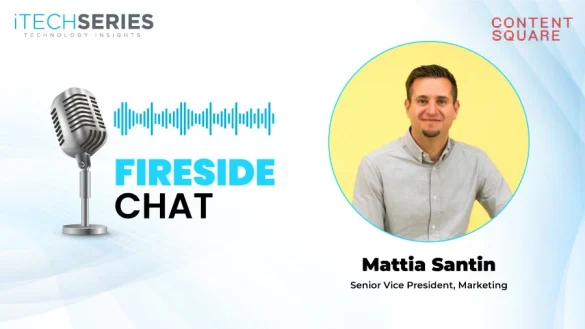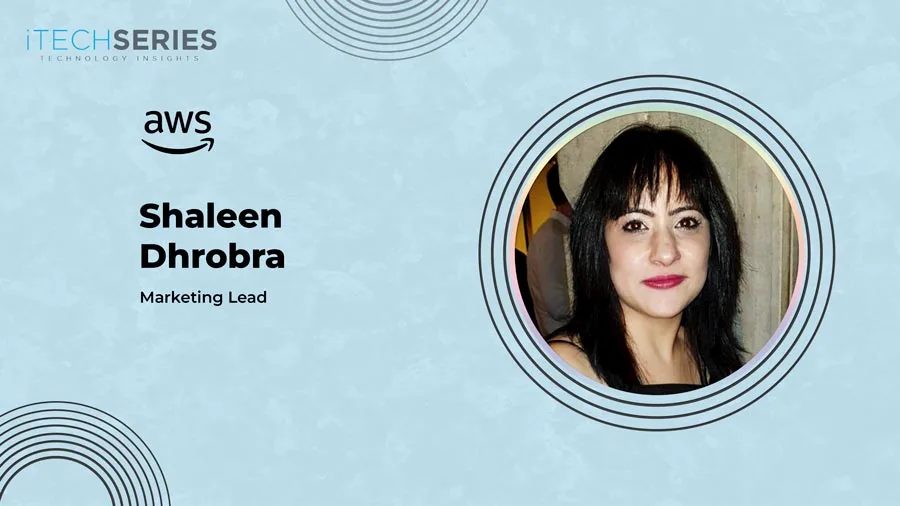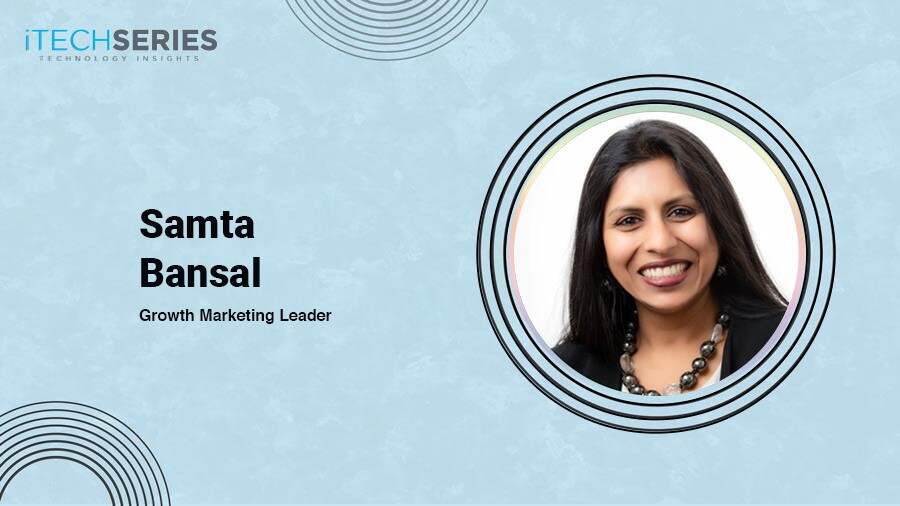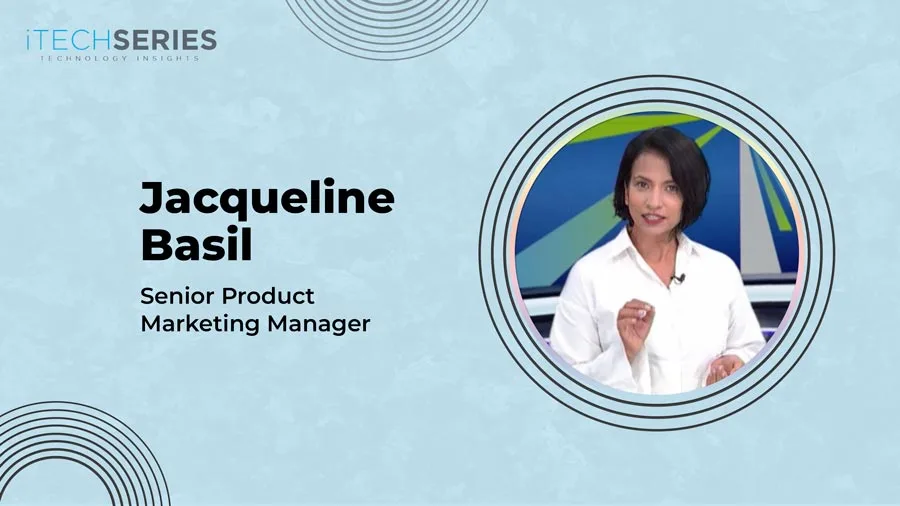In this interview, Olga Noha, Global VP of Integrated Marketing and Brand Strategy at Creatio, shares how brand, product, and GTM teams can build a unified growth engine and why regional flywheels, partner ecosystems, and agentic AI will define the next era of B2B tech marketing.
Welcome to the interview series, Olga. Could you please tell us more about yourself and your marketing journey?
My journey in marketing started twenty years ago—completely by accident. By education, I’m an engineer, but my soul was craving something more creative, dynamic, and human. When I was looking for my first job, I stumbled upon a vacancy related to Search Engine Optimization. I didn’t even know what SEO was back then, but the idea of being able to make your website appear higher in Google results fascinated me! I applied with zero experience but with endless curiosity and energy.
They hired me. I was sure my manager would teach me everything… but he quit on my third day. So I was left on my own—just me and digital marketing. That’s how it all started. I learned everything from scratch, by trial and error, through small wins and bigger lessons. Since then, I’ve never been afraid of big challenges.
Over the years, I grew from a digital marketer into a global marketing executive in B2B tech. I’m an engineer by education, a marketer by profession, and a people person at heart. Marketing turned out to be the perfect intersection of data and creativity—where analytical thinking meets human insight. To me, marketing is a “people’s puzzle”: you can’t succeed unless you deeply understand what drives your audience, yet you must also quantify everything you do and make decisions rooted in data.
For the past 20+ years, I’ve been helping B2B tech companies scale faster—most recently as Global VP of Integrated Marketing and Brand Strategy at Creatio, an agentic CRM and workflow platform with no-code and AI at its core.
How do you adapt a global go-to-market strategy to fit the needs and nuances of local markets?
Adapting a global go-to-market strategy for local markets starts with one principle: consistency in purpose, flexibility in execution. A strong global narrative should be localized, not just translated.
Over the years leading GTM across multiple regions, I’ve found the most effective strategy is to build a regional GTM flywheel in every key market. While the core pillars would remain the same—Inbound, Outbound, ABM to our Target Account List, and Partner Co-Marketing—the balance and prioritization of these pillars varies by region. Some markets respond fastest to thought leadership and digital demand, while others are powered by account-based motions or partner-led influence.
Regional partners can play a pivotal role. They bring local trust, cultural nuance, and on-the-ground reach that global teams simply can’t replicate. Co-marketing with these partners—through events, webinars, campaigns, and industry programs—becomes a powerful accelerator of credibility and demand.
Listening to the regional customer and community voice is essential. Surveys, interviews, and co-created content with local leaders ensure that our insights and GTM motions reflect the market’s true maturity curve and business context. This lets us maintain a unified global story while ensuring relevance at a local level.
Establish one global narrative, activate it through regional GTM flywheels, and let partners and customers help shape the local expression of that story.
How do you strike the right balance between short-term pipeline goals and long-term brand building?
It’s about rhythm, not rivalry. Brand and demand should work in harmony—every demand campaign should reinforce brand meaning, and every brand initiative should seed future pipeline.
We all know the stat: only 5% of your target market is in a buying cycle at any given time. Brand builds mental availability and recognition among the 95% who aren’t actively buying. And because 83% of buyers initiate first contact with vendors, our brand needs to be top of mind the moment they start searching for a solution.
The winning formula is to design your marketing calendar to blend both quarterly performance-driven programs (like ABM and digital events) with brand amplification efforts (analyst reports, customer marketing, and major industry conferences).
With increasing pressure for marketing accountability, how do you use data and analytics to guide decisions without stifling creativity?
The best marketing cultures make creativity measurable and data inspirational. The approach that I rely on is building a performance feedback loop—combining brand impact metrics (awareness, engagement, share of voice) with pipeline indicators (ARR influenced, SQL growth, partner-sourced revenue). This kind of visibility helps justify creative bets because we can connect storytelling directly to revenue outcomes.
Data doesn’t limit creativity—it amplifies it when used as a compass, not a constraint.
“Adapting a global go-to-market strategy for local markets starts with one principle: consistency in purpose, flexibility in execution. A strong global narrative should be localized, not just translated.”
What role do you see AI playing in reshaping go-to-market strategies and marketing operations in the next few years?
AI is already transforming how we plan, execute, and measure GTM. The next leap will come from agentic AI—autonomous systems that can learn, adapt, and act alongside humans. According to Creatio’s “The State of AI Agents & No-Code report”, 86% of C-level leaders already consider AI agents critical or important to their 2-3-year strategic goals.
In marketing, this means moving from isolated automation to orchestration: AI agents that manage campaign performance in real time, personalize content at scale, and even forecast buying intent across accounts.
We’re also seeing a convergence of AI with no-code—enabling marketers to build and iterate faster without waiting for technical teams. This democratizes innovation and accelerates time to market.
How do you ensure seamless alignment between brand strategy, product positioning, and go-to-market execution?
It starts with shared ownership. Brand, product, and GTM aren’t parallel tracks—they’re one integrated growth engine. These functions must operate in sync, shaping a unified GTM flywheel rather than independent work streams.
In my experience, the strongest alignment comes from anchoring everything in a single, coherent narrative—a narrative that clearly articulates the problem you solve, the value you deliver, and the unique way your product does it. Every campaign, message, asset, and customer touchpoint should reinforce this core story. Cross-functional planning is key: shared goals, shared metrics, and shared customer insights. When brand, product, and GTM teams co-create positioning, messaging, and launch motions, you avoid misalignment and prevent the common breakdowns between “what we promise” and “what we deliver.”
I also rely heavily on unified narrative frameworks and enablement systems. Whether it’s an analyst briefing, a website experience, a pitch deck, or a customer story, the message should feel consistent—not identical, but harmonized. At its best, alignment means this: Brand defines the meaning, product defines the essence, and GTM brings it to market with clarity and impact.
Which demand generation strategies have proven most effective in driving scalable results?
Throughout my years leading marketing teams and growth programs, the approach driving the most consistent and scalable results in B2B enterprise tech is built on four key pillars—Inbound, Outbound, ABM, and Partner Co-Marketing. Each plays a distinct but interconnected role in accelerating demand.
- Inbound is where you both capture existing demand and generate new demand at scale. Thought leadership content—reports, surveys, benchmarks, insights—educates the market and positions your brand as a trusted authority.
- Outbound becomes dramatically more effective when it’s intent-driven. Leveraging buyer intent data and AI-identified signals allows teams to reach prospects who are already in-market. Outreach becomes more timely, relevant, and personalized—which significantly increases conversion rates compared to traditional outbound.
- Account-Based Marketing (ABM) enables highly personalized experiences across priority accounts. Tailored messaging, bespoke content, and high-touch engagement ensure every interaction feels specific, strategic, and value-driven.
- Partner Co-Marketing acts as the amplifier and connective tissue for all motions. Joint events, webinars, campaigns, and thought leadership with ecosystem partners expand reach, reinforce credibility, and accelerate impact across regions and industries. In many markets, partners become a powerful multiplier for both demand and trust.
Together, these four pillars create a scalable, data-informed demand engine that balances reach, precision, and credibility—a combination that has consistently fueled sustainable growth in my experience.
What would be your advice to aspiring marketers on developing the right skills to stand out in today’s competitive landscape?
The future belongs to marketers who can think strategically, act with agility, and create with empathy.
Be deeply curious about AI and automation, but stay even more obsessed with understanding people—customers, partners, and your own teams. Tools evolve every quarter; human motivation doesn’t. According to Creatio’s State of AI Agents & No-Code report, 84% of leaders expect AI to augment human roles, not replace them. That’s your edge: become the strategist who knows how to guide AI, not compete with it.
At the same time, stay adaptable. Marketing—especially digital and mobile—moves fast. Have a strategy, but treat it as a living organism. The strongest marketers aren’t the ones who predict every change, but the ones who respond to it with clarity and speed.
And dive into the data. Intuition is powerful, but data keeps you honest. Learn to see patterns in user behavior, signals in the noise, and opportunities in the analytics. Above all, never stop learning. Trends shift, channels emerge, and technologies transform—and the marketers who stay curious stay relevant. In short: build a brand with heart, run marketing with data, work with technology (not through it), and lead with genuine care.
About Olga Noha
Olga Noha is an accomplished marketing executive specializing in the B2B tech industry. A three-time CMO, Olga has over 20 years of experience building and scaling marketing functions for global technology companies, helping them accelerate growth. She is an active member of the CMO community and was the Women of the Year Award winner in 2024. Olga has also been recognized among TechRound’s 50 Women in Startups & Tech in 2024, the Fearless 50 Customer-Led Marketing Leaders in 2023, and the Top B2B Marketing Influencers of 2023 and 2022, and as the Global CMO of the Year in 2020.










